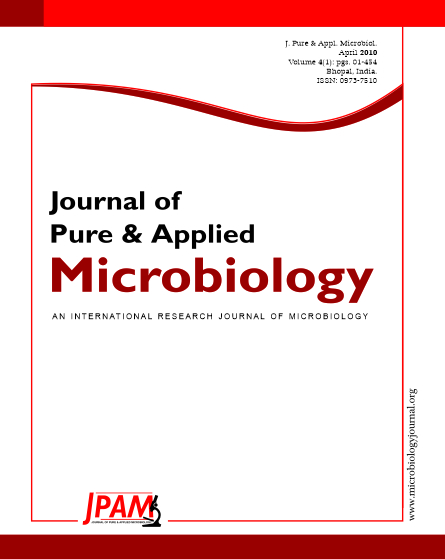The present study determines the distribution of seroepidemiologic markers of HBV and HCV virus infection among acute and chronic hepatitis patients attending the tertiary care hospital in Orissa. 529 blood samples were collected from patient attending the tertiary care hospital during the time period 2006 to 2008. Among them males were more frequently infected as compared to females. The overall HBV positivity rate reveales decreasing trends from the lower age group to the higher age groups. The overall HBV positivity was 33% and HCV positivity was only 0.76%. The risk factor analysis was carried out by using multivariate and univariat analysis which shows that shaving at barbour shop and sexual route of transmission (Pd”0.05) were significantly associated with HBsAg positivity. The present study conclude that hepatitis B viral infection was responsible for 25% of cases of acute viral hepatitis and HCV infection was not a cause of acute viral hepatitis in coastal Orissa. Besides, HBV infection was responsible for 35% of chronic liver disease. Further, HBV infection was also responsible for 88% (15/17) of cases of primary liver cancer in our study. Besides, 15% of cases of chronic liver disease were positive for anti-HBc alone in the absence of HBsAg.
Hepatitis, Viral Infection, Acute, Chronic, Hospital and Orissa
© The Author(s) 2010. Open Access. This article is distributed under the terms of the Creative Commons Attribution 4.0 International License which permits unrestricted use, sharing, distribution, and reproduction in any medium, provided you give appropriate credit to the original author(s) and the source, provide a link to the Creative Commons license, and indicate if changes were made.


